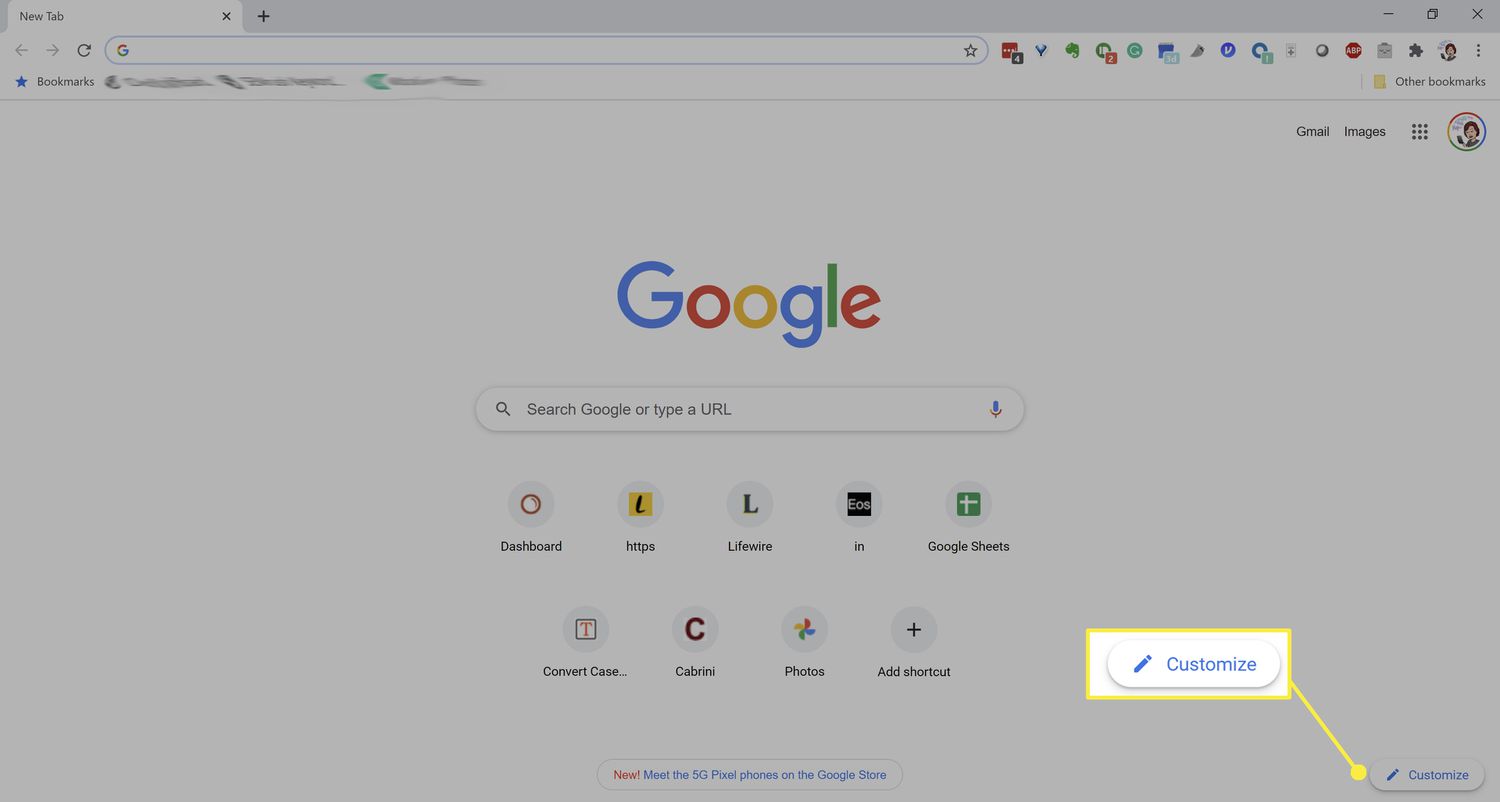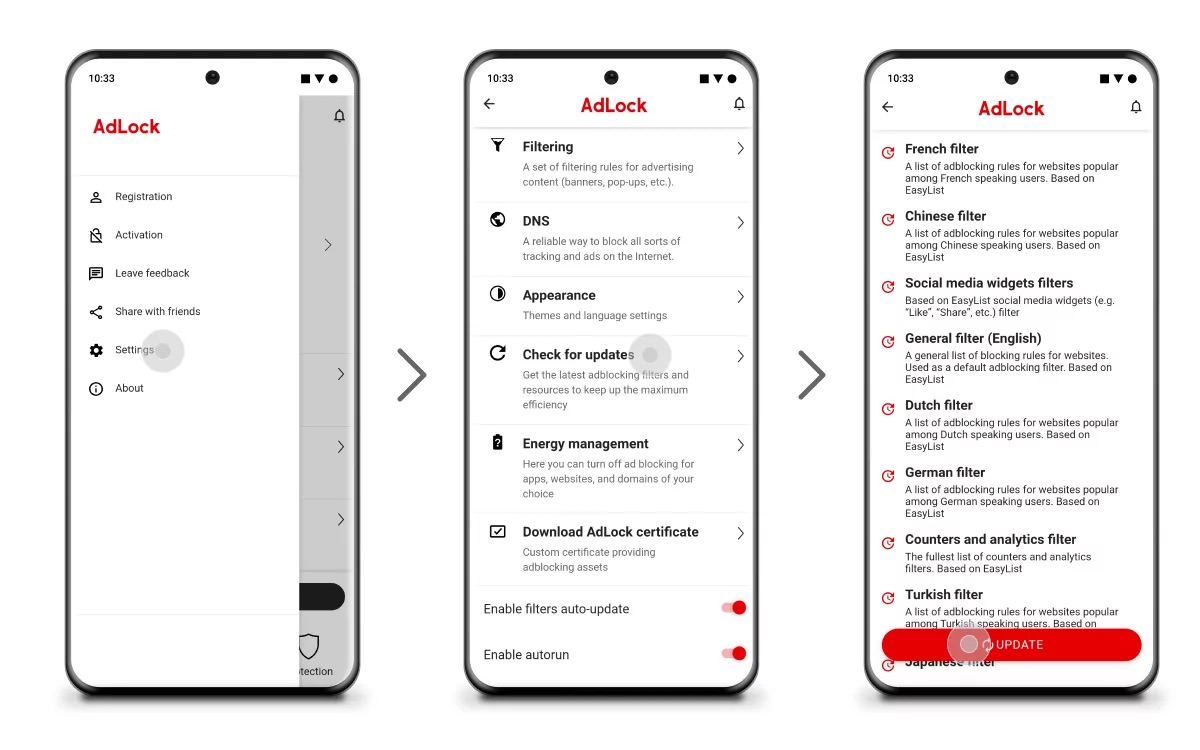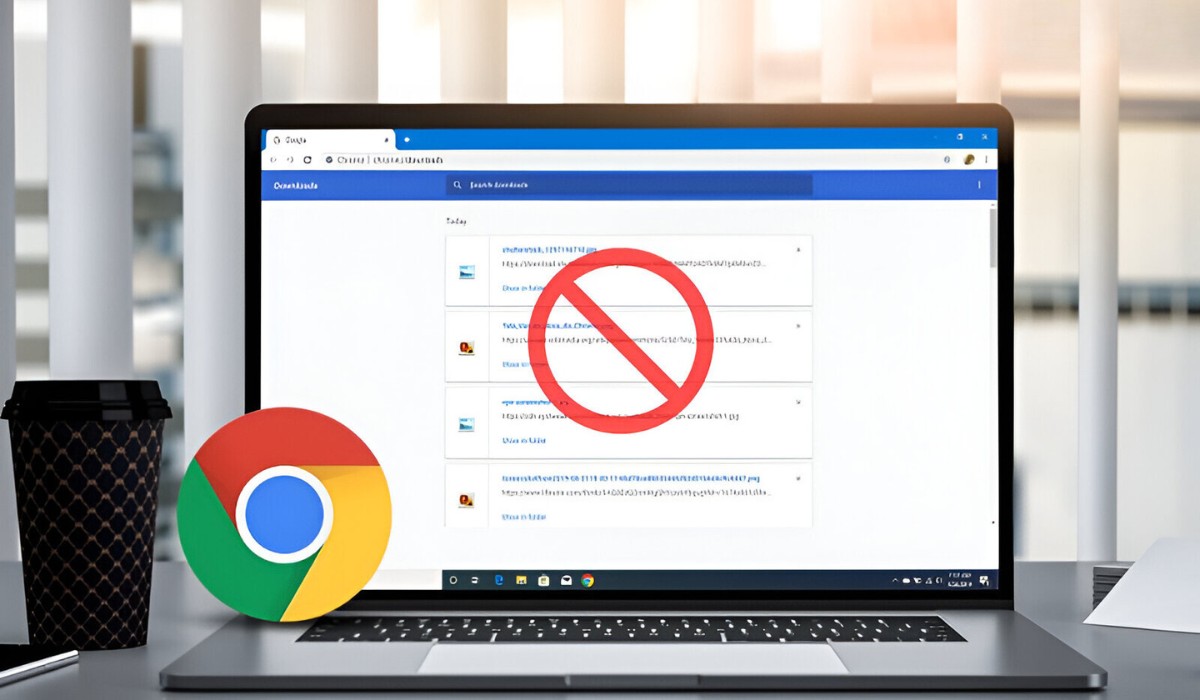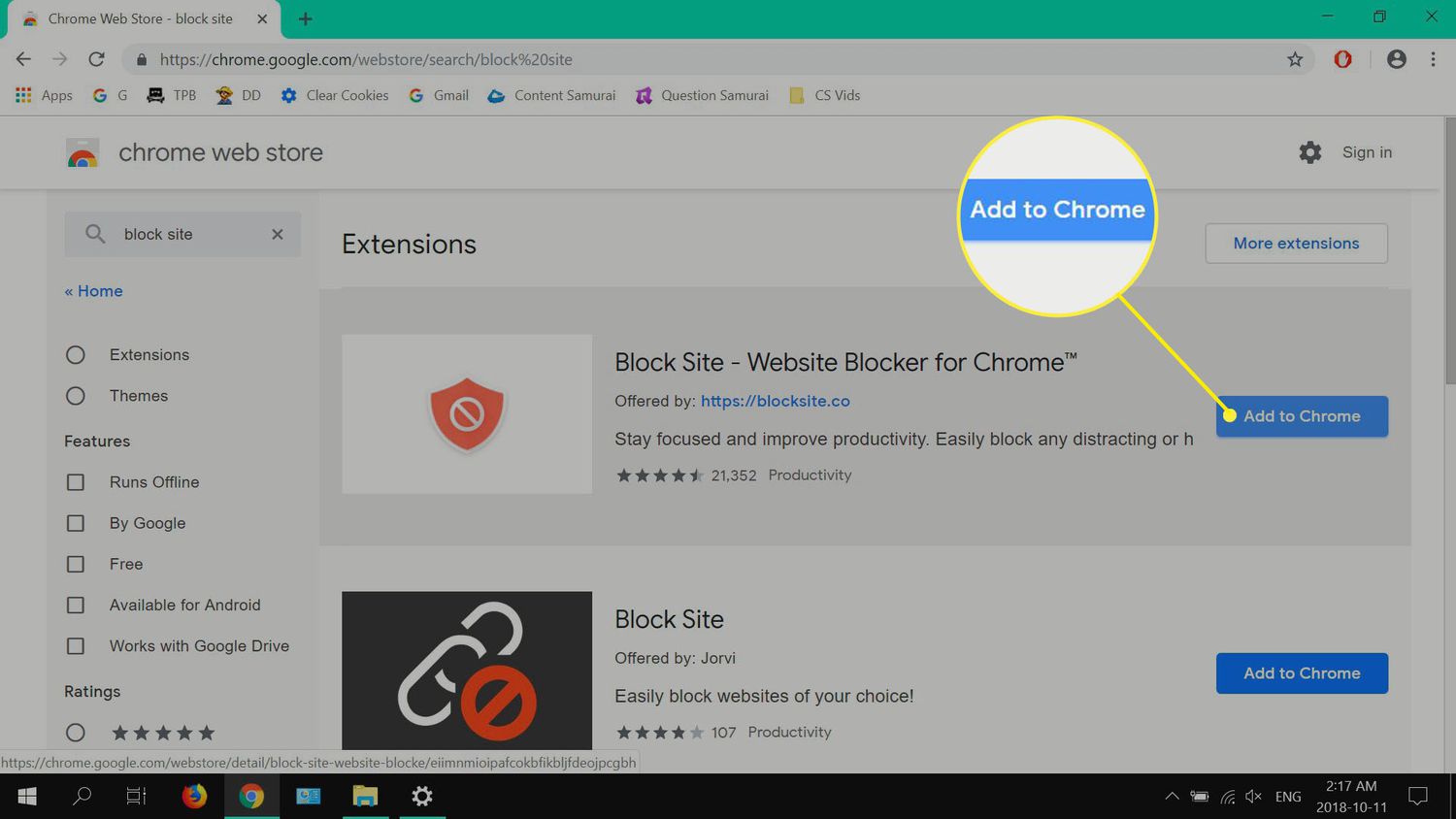Introduction
In today's digital age, web browsing has become an integral part of our daily lives. Whether it's for work, entertainment, or research, we rely on web browsers to access a wealth of information and services. However, the online experience is often marred by intrusive advertisements that disrupt our browsing sessions and compromise our privacy. AdChoices, in particular, has gained notoriety for its pervasive presence across various websites, bombarding users with targeted ads based on their browsing habits.
AdChoices, also known as the Advertising Option Icon, is a self-regulatory program designed to provide users with personalized ads while giving them the option to opt out of targeted advertising. While the intention behind AdChoices is to deliver relevant ads tailored to users' interests, the reality is that many find these ads intrusive and disruptive. As a result, users often seek ways to block AdChoices from their web browsers, particularly from popular platforms like Google Chrome.
Understanding the impact of AdChoices and the methods to mitigate its influence is crucial for enhancing the browsing experience and safeguarding privacy. This article aims to delve into the intricacies of AdChoices, explore the risks associated with its presence, and provide actionable steps to effectively block AdChoices from Chrome. By empowering users with the knowledge and tools to manage their online ad experience, we can foster a more seamless and secure browsing environment.
Understanding AdChoices
AdChoices, also known as the Advertising Option Icon, is a self-regulatory program that aims to provide users with personalized advertisements while offering them the choice to opt out of targeted advertising. The program is managed by the Digital Advertising Alliance (DAA), a consortium of leading advertising and marketing trade associations. AdChoices operates by leveraging tracking technologies to monitor users' online activities and preferences, enabling advertisers to deliver tailored ads based on this data.
The AdChoices icon, often displayed as a small blue triangle in the corner of online ads, serves as a visual indicator that users can click to access information about the data collection and targeting practices employed by the advertising company. By clicking on the icon, users can learn more about the specific ad and the data used to personalize it, as well as exercise their option to opt out of targeted advertising from that particular advertiser.
While the AdChoices program aims to provide transparency and control over personalized ads, it has garnered mixed reactions from users. Some appreciate the ability to understand and manage the ads they see, while others find the constant tracking and targeting intrusive and unsettling. Additionally, concerns have been raised about the effectiveness of the opt-out mechanism, with reports of users still receiving targeted ads even after opting out through the AdChoices interface.
Furthermore, the widespread implementation of AdChoices across various websites has led to a saturation of targeted ads, often resulting in a cluttered and disruptive browsing experience. Users may feel bombarded by ads that seem to follow them from site to site, reflecting their recent online activities and interests. This pervasive presence of targeted ads can diminish user satisfaction and raise privacy concerns, prompting many individuals to seek ways to mitigate the impact of AdChoices on their browsing experience.
In essence, understanding AdChoices involves recognizing its role in delivering personalized ads, acknowledging the mechanisms for user control, and being mindful of the potential drawbacks associated with its implementation. By gaining insight into the workings of AdChoices, users can make informed decisions about managing their online ad experience and protecting their privacy while browsing the web.
Risks of AdChoices
The pervasive presence of AdChoices across the digital landscape brings forth several risks and concerns that impact users' browsing experiences and privacy. Understanding these risks is essential for individuals seeking to mitigate the potential drawbacks associated with AdChoices.
Intrusive Targeting
AdChoices relies on tracking technologies to monitor users' online activities and preferences, enabling advertisers to deliver personalized ads. While the intention is to provide relevant advertisements, the constant tracking and targeting can be perceived as intrusive by users. The ads may seem to follow individuals from site to site, reflecting their recent online activities and interests. This intrusive targeting can disrupt the browsing experience, leading to user dissatisfaction and a sense of being closely monitored.
Privacy Implications
The extensive data collection and profiling involved in AdChoices raise significant privacy concerns. Users may feel uneasy knowing that their online behaviors are being tracked and utilized to deliver targeted ads. Furthermore, the effectiveness of the opt-out mechanism has been questioned, with reports of users still receiving targeted ads even after opting out through the AdChoices interface. This lack of complete control over personal data usage can erode trust and compromise user privacy.
Cluttered User Experience
The widespread implementation of AdChoices has contributed to a cluttered user experience characterized by a deluge of targeted ads. As users navigate various websites, they encounter a barrage of personalized advertisements, often leading to a visually overwhelming and distracting browsing environment. The inundation of ads can detract from the content and functionality of websites, diminishing the overall user experience.
Potential Security Risks
The reliance on tracking technologies within the AdChoices framework introduces potential security risks. The collection and transmission of user data across networks and platforms create opportunities for unauthorized access and misuse. Users may be vulnerable to data breaches and targeted attacks, especially if the mechanisms for safeguarding the collected data are insufficient or compromised.
User Disempowerment
Despite the option to opt out of targeted advertising through the AdChoices interface, many users feel disempowered in managing their online ad experience. The complexities of data tracking and the opacity of ad targeting practices can leave users feeling overwhelmed and uncertain about their ability to control the ads they encounter.
In summary, the risks associated with AdChoices encompass intrusive targeting, privacy implications, cluttered user experience, potential security risks, and user disempowerment. By recognizing these risks, users can make informed decisions about mitigating the impact of AdChoices and taking proactive measures to enhance their browsing privacy and experience.
How to Block AdChoices from Chrome
Blocking AdChoices from Google Chrome involves implementing effective measures to mitigate the impact of targeted ads and enhance the browsing experience. While AdChoices presents users with the option to opt out of personalized advertising, the pervasive nature of targeted ads often necessitates additional steps to achieve a more ad-free and privacy-conscious browsing environment. Here are actionable methods to block AdChoices from Chrome:
1. Install Ad Blocking Extensions
- Ad Block Plus: This popular extension effectively blocks AdChoices and other intrusive ads, providing users with a streamlined browsing experience.
- uBlock Origin: Known for its efficiency and low resource usage, uBlock Origin offers robust ad blocking capabilities, including the suppression of AdChoices ads.
2. Enable Chrome's Built-in Ad Blocker
- Google Chrome features a built-in ad blocker that targets intrusive ads, including those associated with AdChoices. By enabling this feature, users can experience a reduction in disruptive ads while browsing.
3. Adjust Ad Settings
- Within Chrome's settings, users can customize their ad experience by accessing the "Ads" section. Here, they can opt out of personalized ads and reset their advertising ID, potentially reducing the prevalence of AdChoices ads.
4. Clear Browsing Data
- Regularly clearing browsing data, including cookies and site data, can help disrupt the tracking mechanisms employed by AdChoices. By removing stored data, users can limit the targeting of personalized ads.
5. Utilize Privacy-Focused Extensions
- Extensions such as Privacy Badger and Ghostery empower users to manage tracking elements and block intrusive trackers, thereby reducing the influence of AdChoices on their browsing activities.
6. Explore Advanced Settings
- Chrome's advanced settings offer additional options for enhancing privacy and security. Users can delve into these settings to customize content settings, manage site permissions, and further fortify their defenses against AdChoices ads.
By implementing these strategies, users can effectively block AdChoices from Chrome, reclaiming control over their online ad experience and bolstering their privacy while browsing the web. These proactive measures enable individuals to curate a more seamless and ad-free digital environment, fostering a heightened sense of privacy and user empowerment.
Conclusion
In conclusion, the prevalence of AdChoices across the digital landscape has prompted users to seek effective methods for blocking these targeted ads from their browsing experience, particularly on Google Chrome. The risks associated with AdChoices, including intrusive targeting, privacy implications, cluttered user experience, potential security risks, and user disempowerment, underscore the importance of taking proactive measures to mitigate its impact.
By understanding the workings of AdChoices and the risks it poses, users can make informed decisions about managing their online ad experience and safeguarding their privacy. The implementation of ad blocking extensions such as Ad Block Plus and uBlock Origin, coupled with the utilization of Chrome's built-in ad blocker and adjustments to ad settings, empowers users to reduce the influence of AdChoices ads. Additionally, the regular clearing of browsing data and the deployment of privacy-focused extensions contribute to a more streamlined and privacy-conscious browsing environment.
It is essential for users to recognize that while AdChoices offers the option to opt out of personalized advertising, the effectiveness of this mechanism may be limited, leading to persistent exposure to targeted ads. Therefore, the proactive adoption of ad blocking tools and privacy-enhancing measures is crucial for reclaiming control over one's online ad experience and mitigating the intrusive nature of AdChoices.
Ultimately, the ability to block AdChoices from Chrome equips users with the means to curate a more seamless and ad-free digital environment, fostering a heightened sense of privacy and user empowerment. By implementing these strategies, individuals can navigate the online landscape with greater confidence, knowing that they have taken proactive steps to manage their ad experience and protect their privacy while browsing the web.

























